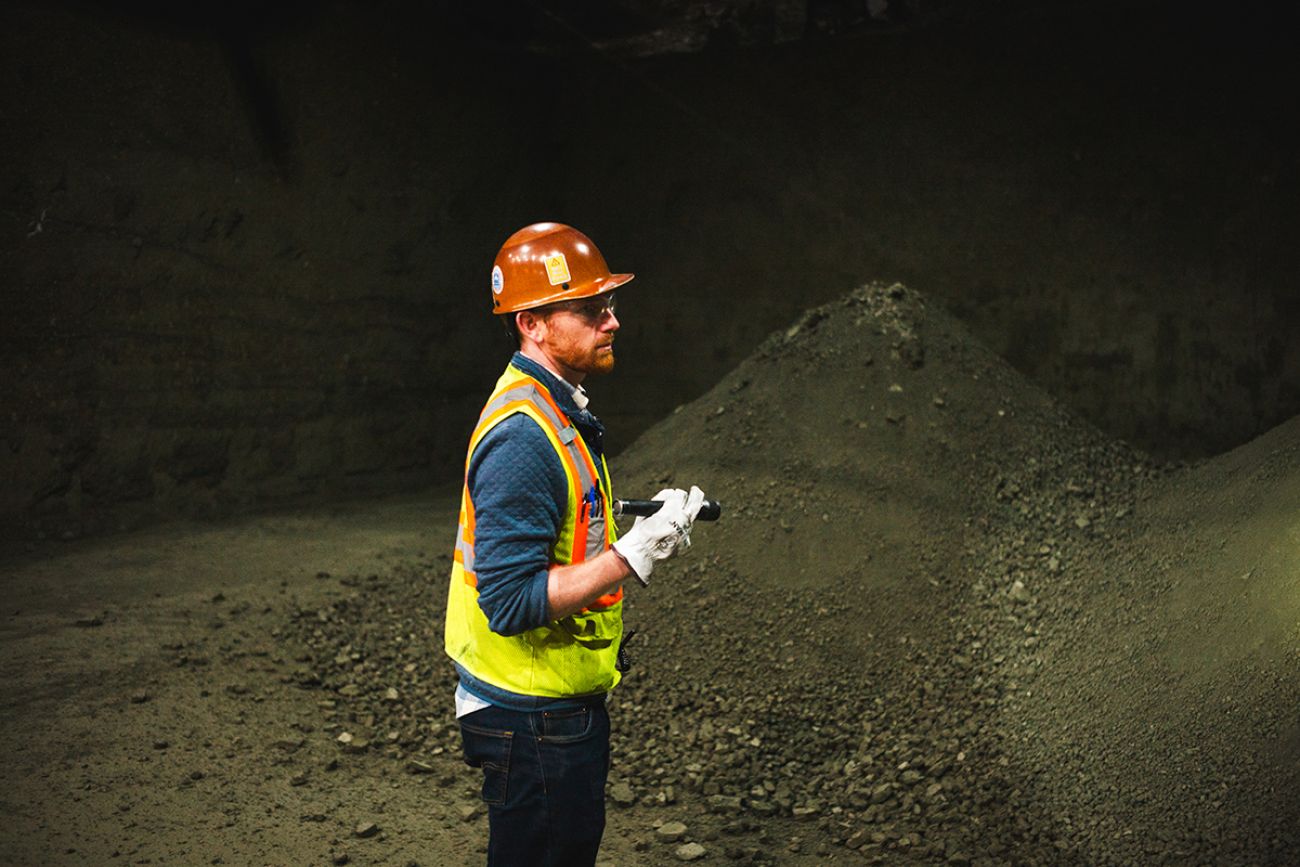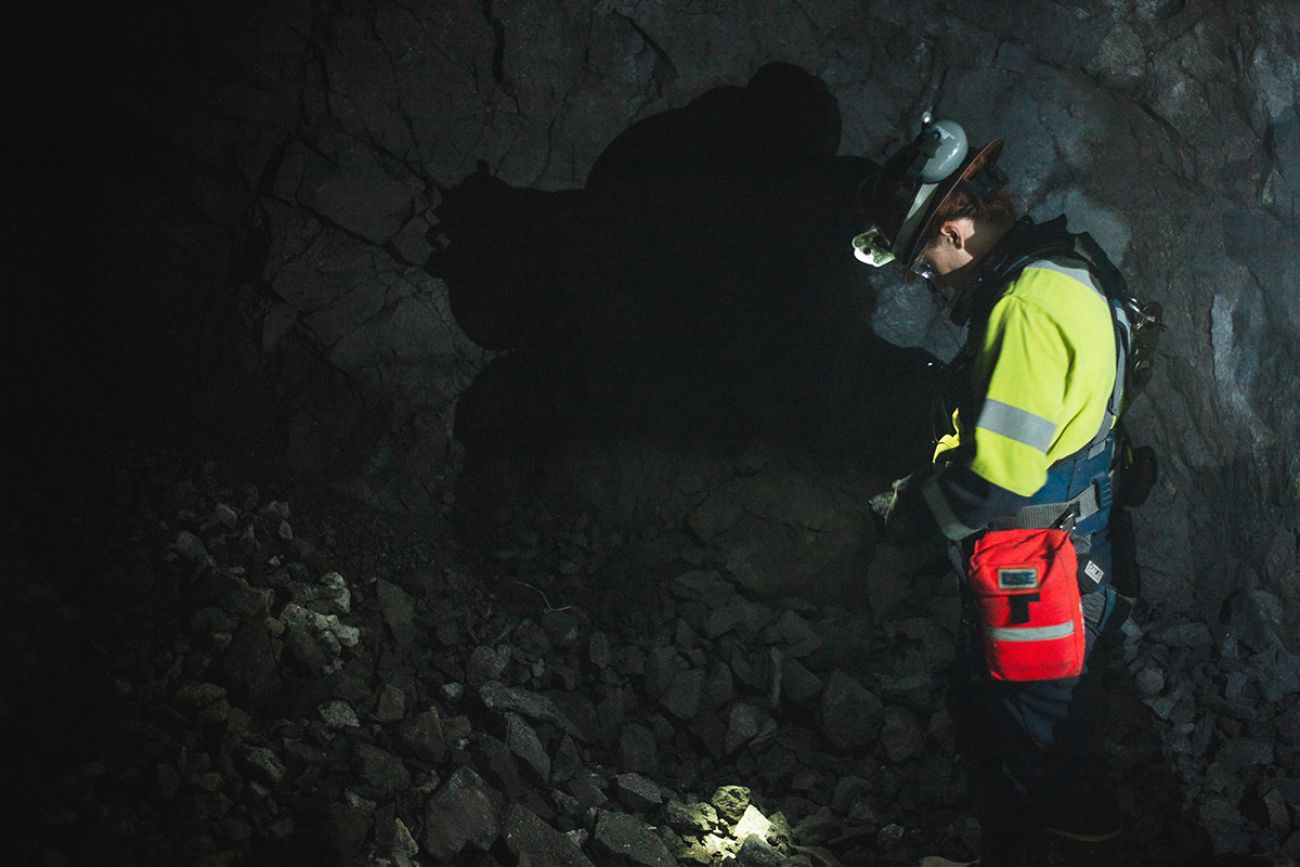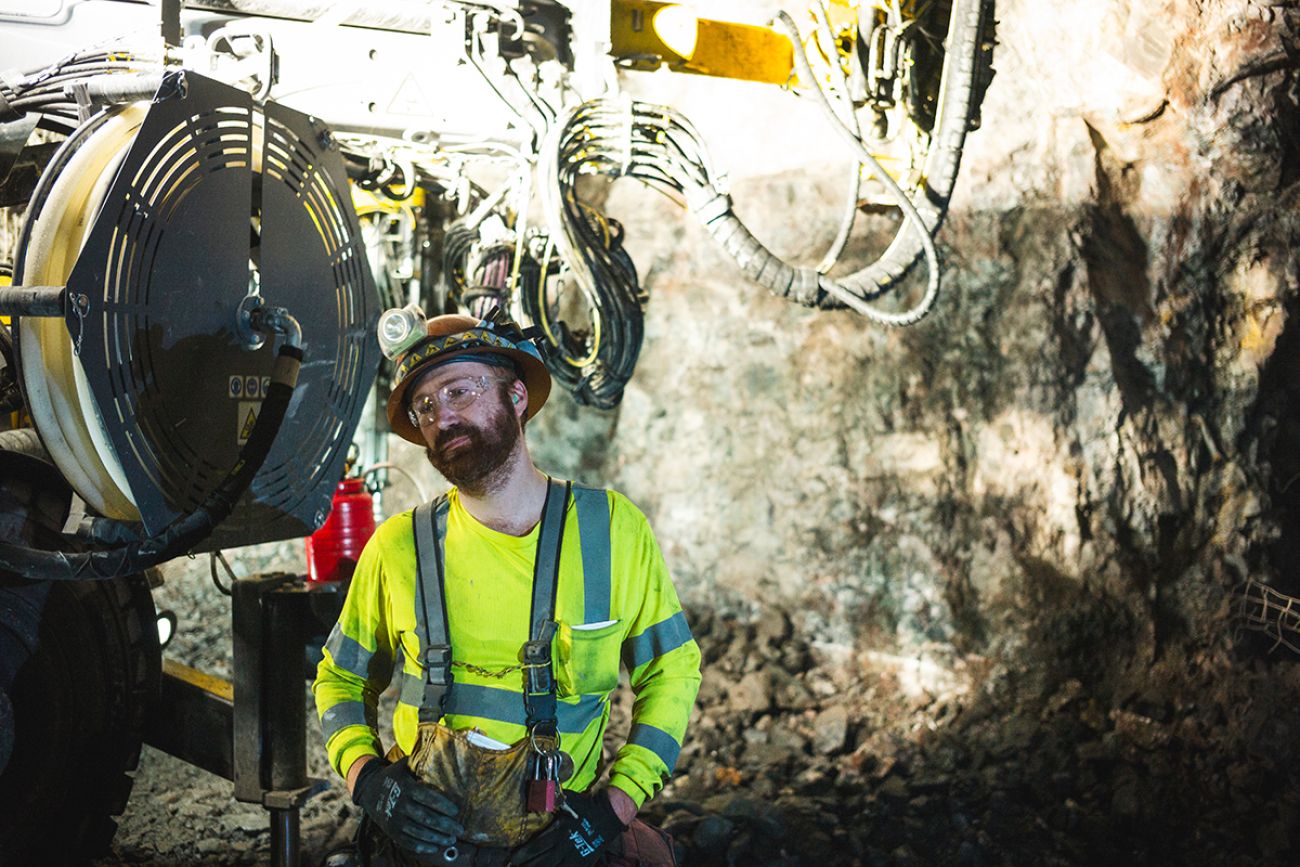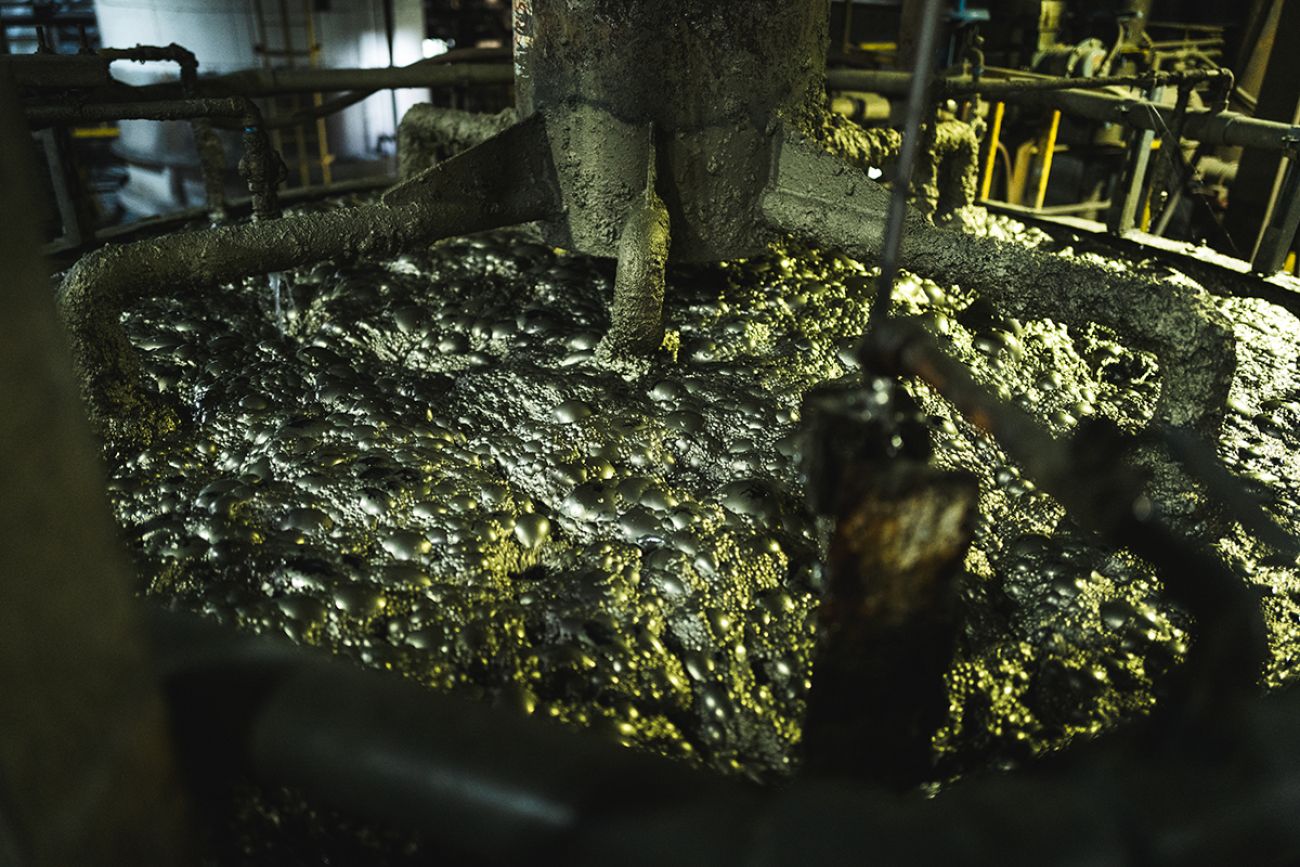Mining is back in Michigan’s Upper Peninsula. Here’s how it works

- A look at how underground mining works, from drilling to frothing
- Mining could be amid a resurgence in Michigan’s Upper Peninsula amid the transition to electric energy
- Nickel and copper are needed for batteries to power cars and more
Ever wondered what happens in an Upper Peninsula mine? Bridge Michigan went inside the Eagle nickel and copper mine in Marquette County to get a firsthand look at the process.
Unlike open pit iron mines that can also be found in the UP, Eagle Mine is an underground operation. It’s the same style of mining that would happen at the proposed Copperwood mine in Gogebic County, and potentially in other areas of the UP if prospectors succeed in their quest to find more nickel and copper.
In underground mines, the process begins with drilling lots of core samples to map the orebody beneath the earth’s surface. That’s followed by years of permitting, construction and other activities before the mining begins.
Related:
- Mining rush brings hope, dread to Upper Peninsula, amid historic energy shift
- Activist: Don’t repeat history. Mines won’t save Upper Peninsula or climate
- Retiree: Mining brought good life. Revival would help young Michigan families
Most modern mines are not the shaft-and-tunnel operations you may have seen while touring an historic mine in the Keweenaw Peninsula. Instead, the inside looks like an exceedingly long, gradually descending highway tunnel with a gravel road.

Every so often, a large opening has been blasted into the rock alongside the road with dynamite. Workers use heavy equipment to extract ore from these openings, called stopes. Then it gets loaded onto trucks that haul it above ground.

Large bolts are drilled into the rock overhead to protect against cave-ins, while sprayed concrete and metal mesh help keep loose rock from falling off the walls. After an opening is mined, it’s filled back in with a mix of rock and concrete.

Extracted ore then goes to an above-ground milling facility for processing. Profitable copper and nickel sulfides typically make up just a fraction of the ore (at Eagle, it ranges from about 1.5% to 6.5%), so the next step is to separate the valuable stuff from the rest.
To do so, beach ball-sized chunks of ore are crushed and ground to a powder, then mixed with water and chemicals and sent through a frothing system that causes copper and nickel to float to the surface while the rest of the rock sinks.

The end result is a metal concentrate that looks like this:

The US lacks a facility to process nickel beyond this point. So concentrate from Eagle Mine is shipped to a smelter in Sudbury, Canada, before it’s eventually sold globally to produce stainless steel and other products.
Michigan Environment Watch
Michigan Environment Watch examines how public policy, industry, and other factors interact with the state’s trove of natural resources.
- See full coverage
- Subscribe
- Share tips and questions with Bridge environment reporter Kelly House
Michigan Environment Watch is made possible by generous financial support from:
Our generous Environment Watch underwriters encourage Bridge Michigan readers to also support civic journalism by becoming Bridge members. Please consider joining today.
See what new members are saying about why they donated to Bridge Michigan:
- “In order for this information to be accurate and unbiased it must be underwritten by its readers, not by special interests.” - Larry S.
- “Not many other media sources report on the topics Bridge does.” - Susan B.
- “Your journalism is outstanding and rare these days.” - Mark S.
If you want to ensure the future of nonpartisan, nonprofit Michigan journalism, please become a member today. You, too, will be asked why you donated and maybe we'll feature your quote next time!






